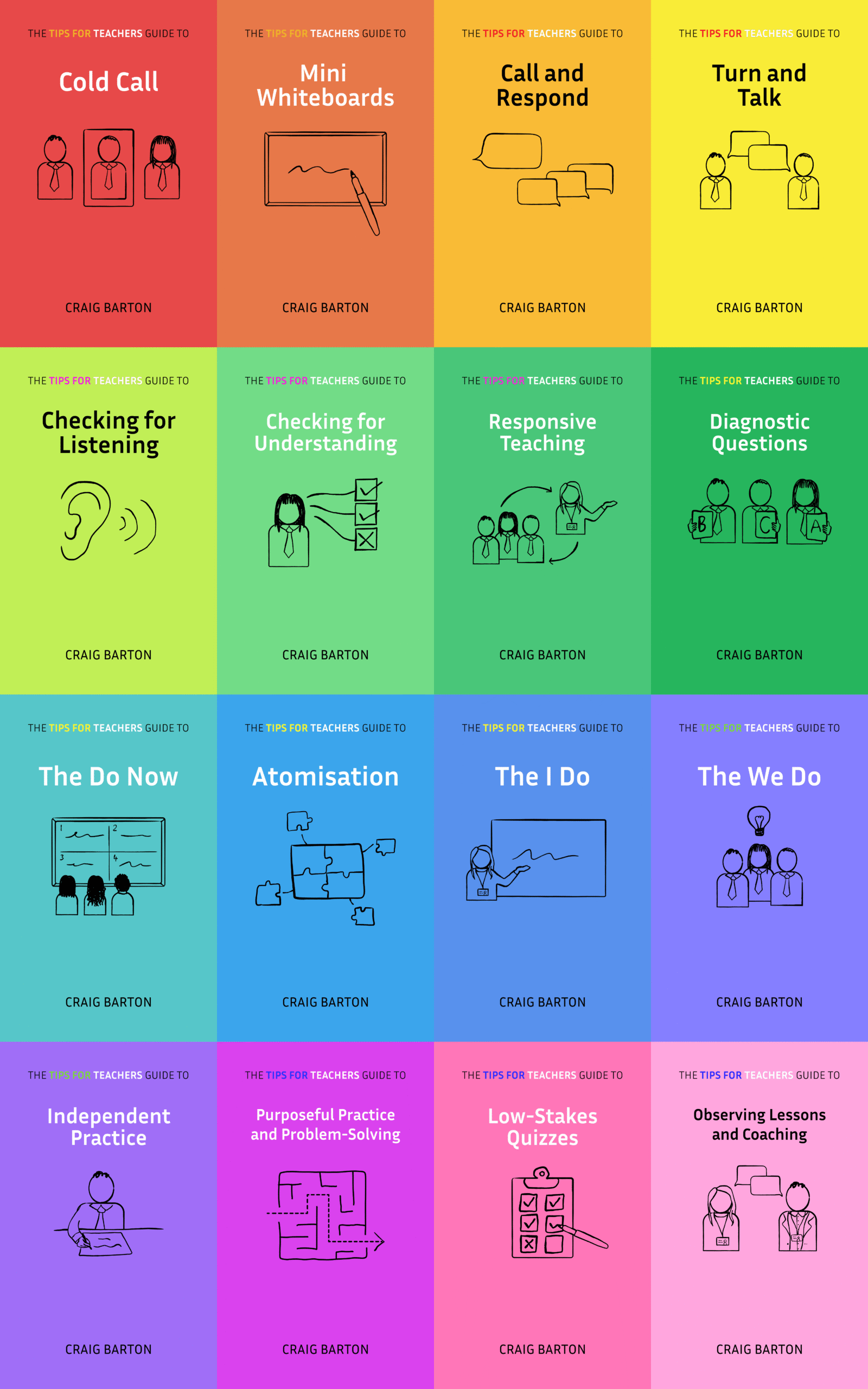
- Title: A Comparison of Choral and Individual Responding
- Authors: Todd Haydon, Richard Marsicano, Terrance M. Scott
- Access the original paper here
- Listen to a deep-dive podcast:
Paper summary
This research article reviews the literature comparing the effects of choral and individual responding on student engagement, on-task behavior, and academic performance. The study includes six single-subject design studies that examined the impact of these two response strategies across various academic tasks and student populations with disabilities. The authors conclude that choral responding, especially in whole-group settings, generally leads to higher levels of active student responding and improved on-task behaviour. The results suggest that choral responding may be a beneficial instructional strategy to enhance student engagement and improve academic outcomes. However, the authors acknowledge the limited number of studies in the review and emphasize the need for further research to confirm these findings and explore the potential benefits of choral responding for diverse student populations and instructional contexts.
What are the key implications for teachers in the classroom?
Here are some key implications for teachers in the classroom based on the sources you provided:
- Choral responding is a more effective instructional strategy than individual responding in terms of increasing:
- Active student responding.
- Correct responses.
- On-task behavior.
- Choral responding may be especially effective during whole-group instruction in general education classroom settings.
- Teachers can enhance and improve the effectiveness of group unison responding, particularly choral responding, by using mixed responding. During mixed responding, individual responses are interspersed throughout to check for individual understanding.
- Other tactics that could improve the effectiveness of choral responding include:
- Using the model-lead-test procedure.
- Providing the appropriate level of scaffolding.
- Posting and enforcing rules unique to their classrooms.
- Using unison hand raising.
- Using wait time.
- Before implementing any strategy, teachers should consider the instructional context. If all students in a large group need to learn the same skills, group unison responding may be appropriate. However, if students are at different learning levels and learning distinctive skills, individual responding may be more appropriate.
The sources also note some limitations of the research on choral responding:
- The review contains a small number of studies (n=6).
- There is a lack of quantitative analysis (i.e., effective size, nonoverlapping data points).
- The years of the journals reviewed varied.
Therefore, results of this review are preliminary rather than comprehensive and definitive.
Quote
On the basis of the results of this review, choral responding is seen to be a generally more effective instructional strategy than individual responding in terms of increasing active student responding.








